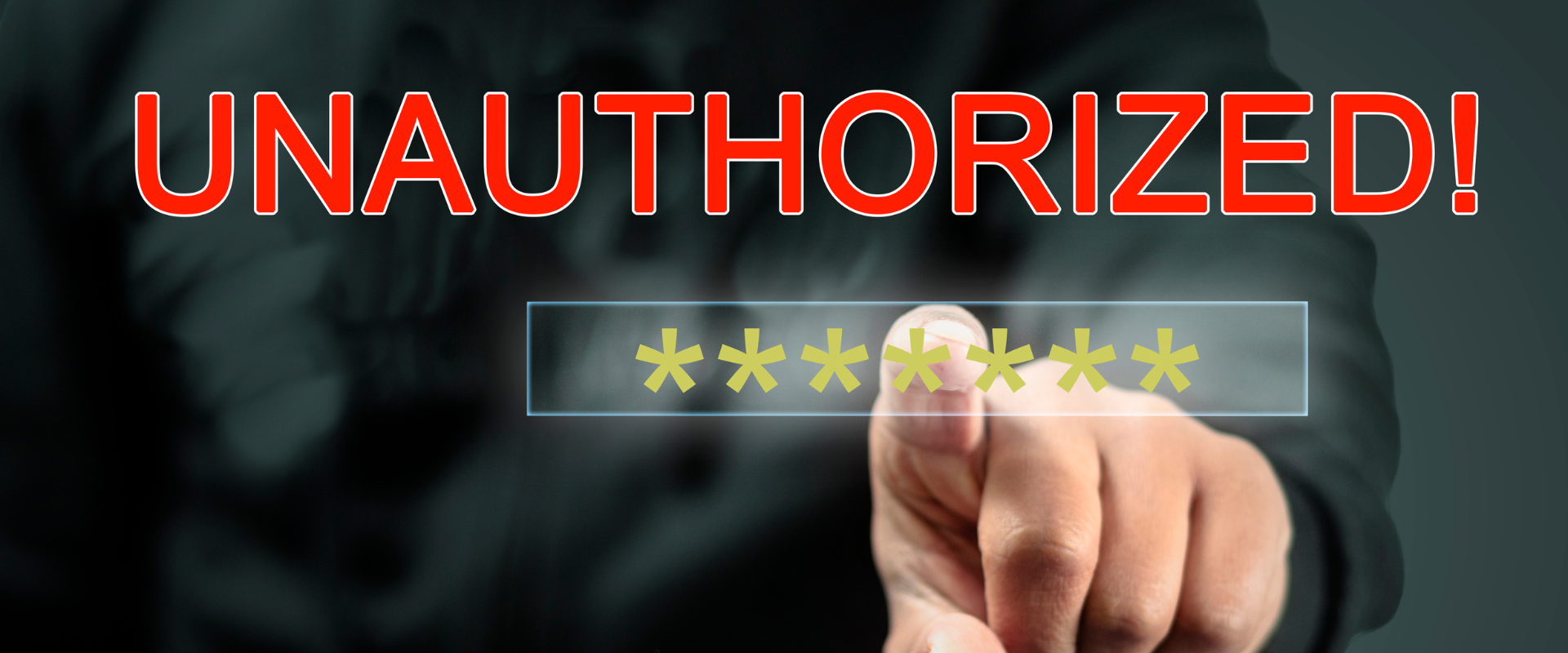Shadow IT: The Silent Threat to Remote Work Security
As the workforce becomes increasingly remote, technology and innovation have empowered employees to take control of their work environments. This newfound freedom has given rise to an invisible, lurking threat known as “Shadow IT.” In this blog post, we’ll delve into what Shadow IT is, the dangers it presents to organizations and remote employees, and provide real-world examples to illustrate its impact. Plus, we’ll equip you with the knowledge to combat this stealthy adversary.
What Is Shadow IT?
Shadow IT refers to the use of unauthorized, unapproved, or unmonitored devices, applications, and software within an organization. These rogue tech tools are typically adopted by employees without IT department consent or oversight. Shadow IT can encompass a wide range of technologies, from cloud-based apps and file-sharing platforms to personal smartphones and smartwatches used for work purposes.
The Danger It Presents
Shadow IT might seem like a harmless workaround for employees seeking more efficient ways to work, but it poses significant risks to organizations, especially those with a remote workforce:
1. Security Vulnerabilities:
- Unauthorized tools may lack essential security features, exposing sensitive data to potential breaches and cyberattacks.
2. Compliance Challenges:
- Using unapproved software can lead to non-compliance with industry regulations or data privacy laws, resulting in legal consequences.
3. Data Loss and Leakage:
- Sensitive information can be mishandled or leaked when employees utilize unsanctioned tools, jeopardizing data integrity and confidentiality.
4. Financial Implications:
- Organizations might incur unexpected costs associated with licensing, support, or data recovery when unauthorized tools are adopted.
5. Reduced IT Visibility:
- IT departments lose control and visibility into the organization’s technology landscape, making it challenging to ensure proper cybersecurity measures are in place.
Real-World Examples
Let’s explore some real-world scenarios to illustrate the impact of Shadow IT:
1. Cloud Storage Services:
- Employees turn to personal cloud storage services like Dropbox or Google Drive to share files, unknowingly compromising data security and control.
2. Messaging Apps:
- Team members rely on consumer messaging apps such as WhatsApp or Telegram for work communications, exposing sensitive company information to third-party platforms.
3. Personal Devices:
- Using personal smartphones or laptops for work tasks can introduce malware and security risks into the corporate network.
4. Collaboration Tools:
- Employees subscribe to collaboration tools like Slack or Trello without IT approval, leading to data fragmentation and potential data breaches.
5. Unsanctioned SaaS Applications:
- Teams adopt unapproved Software as a Service (SaaS) applications for tasks such as project management or CRM, creating compatibility and security challenges.
Preventing and Managing Shadow IT
To mitigate the risks of Shadow IT, organizations should take proactive steps:
- Educate Employees: Foster a culture of awareness and educate employees on the dangers of Shadow IT and the importance of adhering to IT policies.
- Implement Clear IT Policies: Develop and communicate clear IT policies, including guidelines for the use of authorized tools and consequences for violating policies.
- Monitor Network Traffic: Employ network monitoring solutions to detect and manage unauthorized applications or devices within the corporate network.
- Provide Approved Alternatives: Ensure that employees have access to approved, secure alternatives for the tools they require.
- Regular Audits: Conduct periodic audits to identify and address Shadow IT instances, ensuring compliance and security.
Conclusion
In the age of remote work, the lure of Shadow IT can be strong, but its risks are even stronger. By understanding the concept of Shadow IT, its dangers, and implementing preventive measures, organizations can protect their data, maintain compliance, and bolster cybersecurity in an evolving digital landscape.

